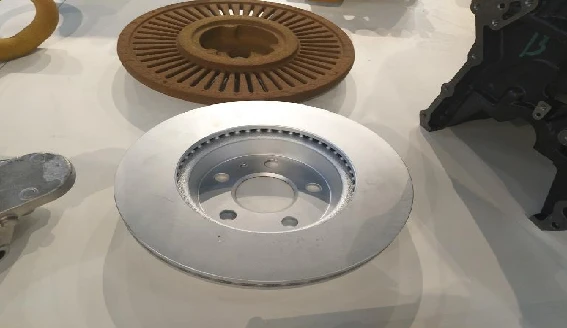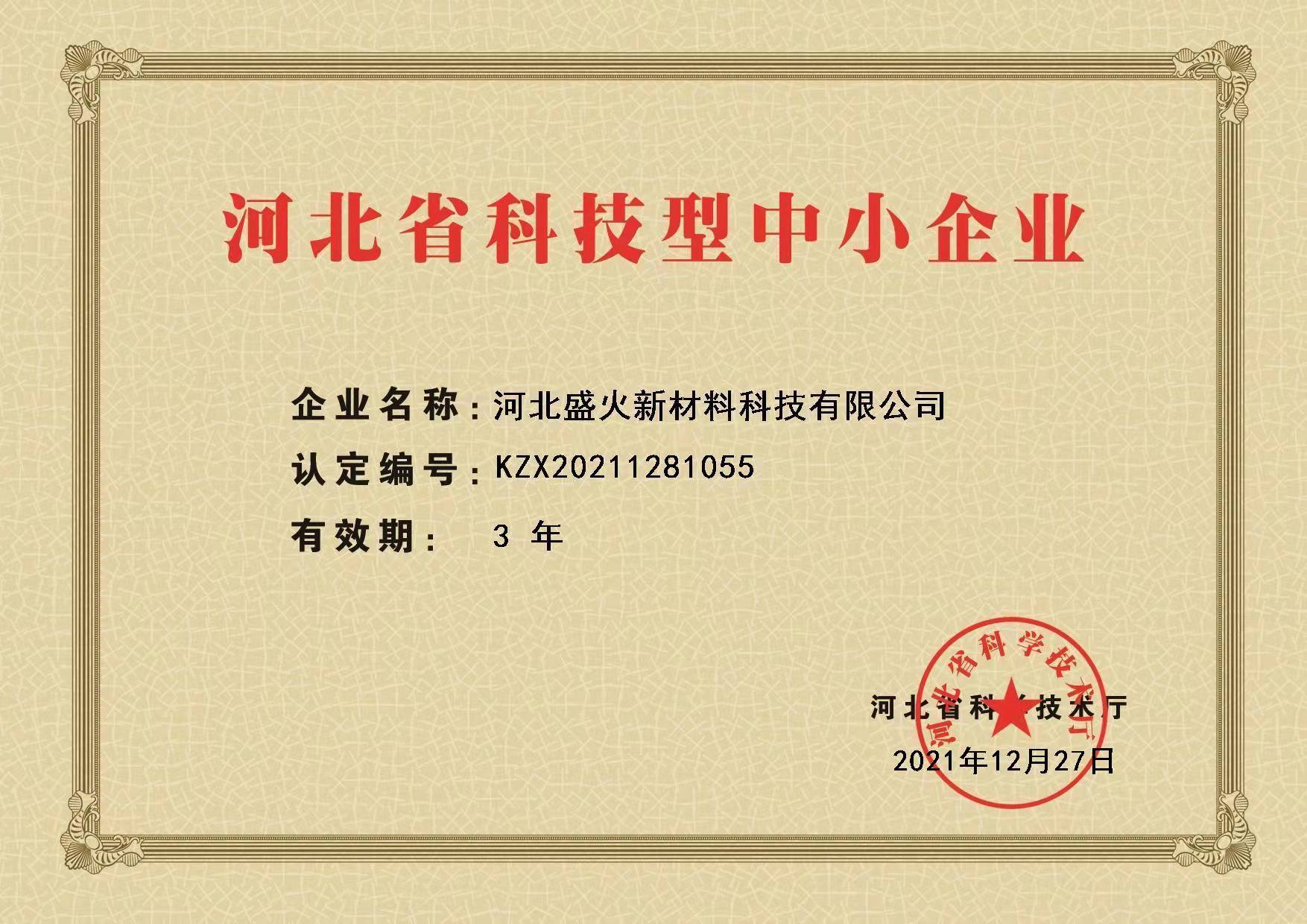

Casting specialists emphasize the importance of selecting the right grade of fine casting sand. Although all possess fine grain sizes, variations in purity and composition can affect the final output. High-quality sand ensures minimal expansion during the metal cooling process, reducing the risk of cracks and warping in cast products. Professionals recommend routine testing of sand quality, including grain distribution analysis and thermal conductivity assessments, to maintain optimal casting conditions. Understanding the ecological impact of fine casting sand is also crucial for environmentally responsible practices. While traditionally sand mining has posed environmental challenges, advancements in sustainable sourcing and recycling have reduced the ecological footprint. Many industries now practice sand reclamation, reusing spent sand in subsequent casting cycles. This not only preserves natural resources but also reduces waste disposal issues, aligning with global sustainability trends. Beyond its immediate industrial applications, the expertise associated with fine casting sand extends to its role in educational settings. For instance, engineering programs often incorporate metal casting modules where students experiment with different sand compositions and understand their effects on casting quality. This hands-on experience prepares the next generation of engineers to innovate and improve upon existing casting methodologies. In conclusion, fine casting sand represents an intersection of tradition and innovation, offering unparalleled benefits in the manufacture of precision castings. Its fine grains forge the path to achieving smooth, defect-free surfaces on cast metals, while its adaptability supports a broad spectrum of applications. The ongoing exploration and utilization of fine casting sand not only enhance production efficiency but also uphold trusted casting practices. Through continuous research, development, and commitment to sustainability, the role of fine casting sand in the metalworking industry remains indispensable, driving future advancements and preserving its legacy as a critical resource. Post time:2月 . 13, 2025 14:49
Next:casting sand for metal
